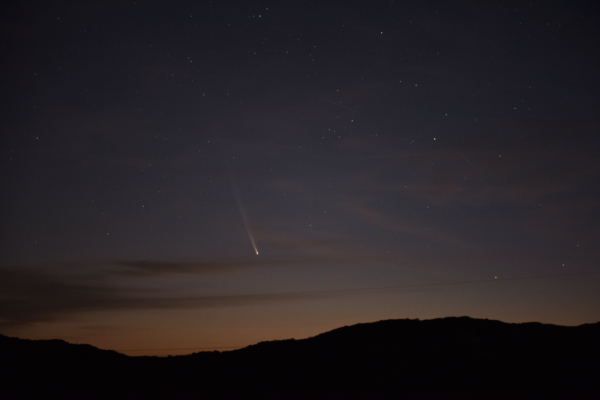On this Saturday, October 12, a rare comet will approach Earth, bringing an unusual weekend for stargazers in the Western hemisphere. It’s the first time in 80,000 years that this comet, named Tsuchinshan-ATLAS C/2023 A3, will visit Earth.
According to NASA, the comet will be visible to the naked eye in the Northern Hemisphere, with the best viewing times predicted to be Saturday and the following two weeks (October 12 to 26).
Preliminary reports from astronomers suggest that this comet takes about 80,000 years to orbit the sun, making it an incredibly rare sight for Earthlings.
On October 12, the comet will come within about 44 million miles (around 71 million kilometers) of Earth. For reference, Mars is about 140 million miles away from Earth.
To catch a glimpse of this once-in-a-lifetime astronomical event, observers should look towards the western sky shortly after sunset, according to EarthSky.
In the dark sky, the comet will appear as a bright fireball with a long tail. NASA states that comets are primarily composed of dust, rocks, and ice, which release gas and dust as they approach the sun, forming their iconic tails.
Bill Cooke, head of the NASA Meteoroid Environment Office at the Marshall Space Flight Center in Huntsville, Alabama, recommends using binoculars to enhance the viewing experience. He notes that the comet will not streak across the sky like a meteor but will appear stationary and undergo slow nightly changes in position.
“If you can see it with the naked eye, using binoculars will leave you amazed,” Cooke said.
NASA also mentions the possibility of viewing the comet during the day but warns against looking directly at the sun while searching for it.
While some comets disintegrate completely due to the sun’s heat, this particular comet, after reaching perihelion on September 27, appears to be intact and undamaged.

